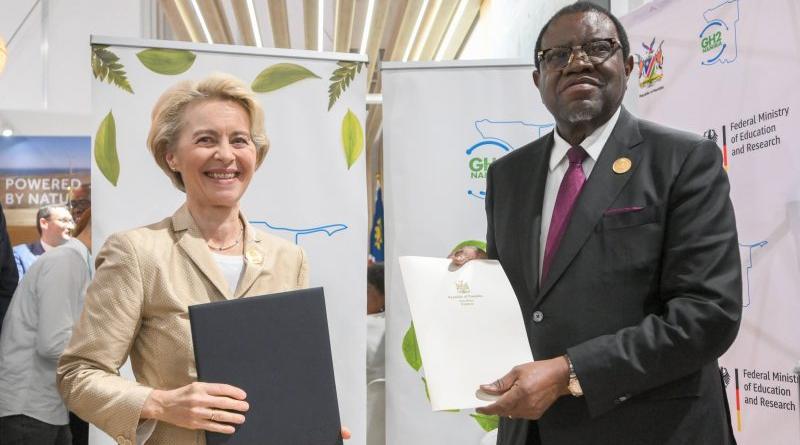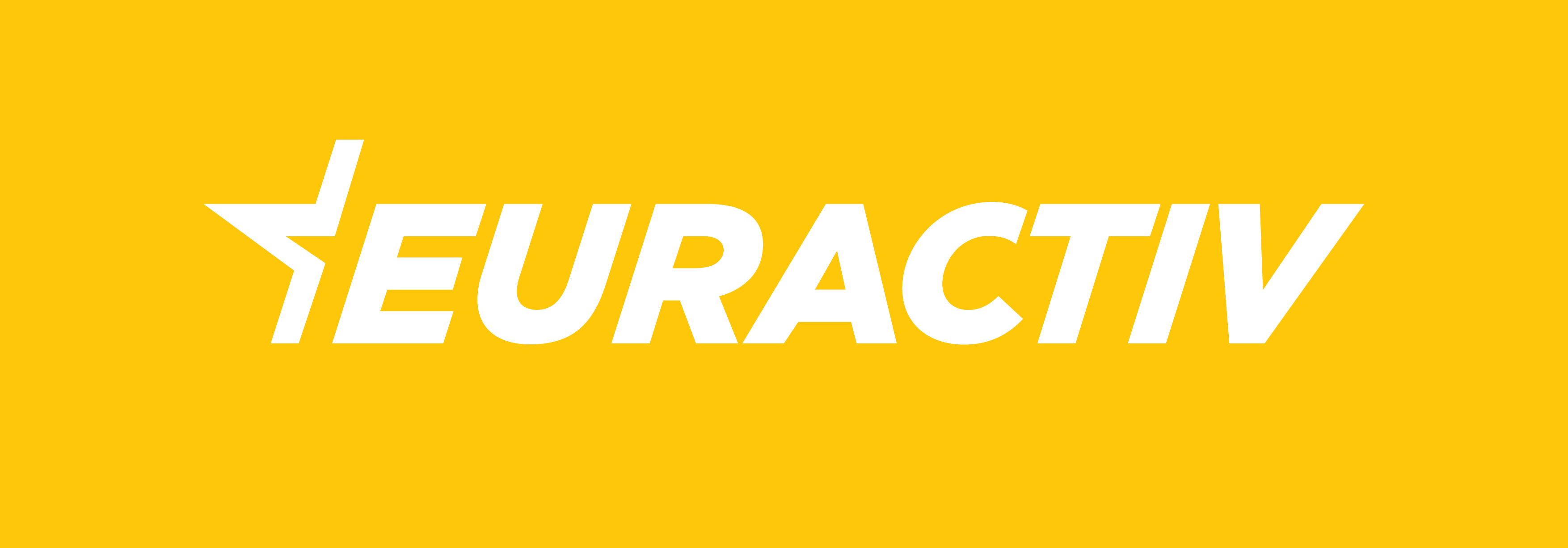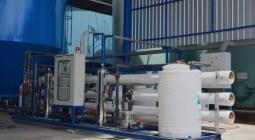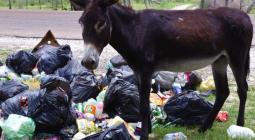Namibia moves ahead on green hydrogen project, with German investors

Hyphen, whose shareholders include Germany-headquartered Enertrag, was announced as the preferred bidder in 2021 for the project in the Namib Desert’s Tsau Khaeb National Park.
The feasibility and implementation agreement will be officially signed on Friday, officials said, as some community activists raised concerns over a perceived lack of transparency around the huge deal that costs as much as the country’s gross domestic product.
“On Friday… we kick-start a process that has the potential to transform the lives of many in our country, the region and indeed the world,” Namibia’s President Hage Geingob said in a statement.
The plant, to be built in phases, will eventually produce 2 million tonnes of green ammonia a year for regional and global markets when it reaches full-scale output, which is anticipated before 2030.
Green hydrogen is made using renewable energy.
Namibia, one of the world’s sunniest and most sparsely populated countries, wants to harness its potential for solar and wind energy to produce green hydrogen and position itself as a renewable energy hub in Africa.
In November last year, Namibia concluded a strategic partnership with the European Union on sustainable raw materials and renewable hydrogen at the COP27 climate summit in Egypt.
According to the EU, the partnership will promote local value addition in Namibia by supporting the development of the mining and renewable hydrogen value chains. It followed a similar partnership signed between the EU and Kazakhstan the day before.
Hyphen, whose shareholders include Germany-headquartered Enertrag, was announced as the preferred bidder in 2021 for the project in the Namib Desert’s Tsau Khaeb National Park.
The feasibility and implementation agreement will be officially signed on Friday, officials said, as some community activists raised concerns over a perceived lack of transparency around the huge deal that costs as much as the country’s gross domestic product.
“On Friday… we kick-start a process that has the potential to transform the lives of many in our country, the region and indeed the world,” Namibia’s President Hage Geingob said in a statement.
The plant, to be built in phases, will eventually produce 2 million tonnes of green ammonia a year for regional and global markets when it reaches full-scale output, which is anticipated before 2030.
Green hydrogen is made using renewable energy.
Namibia, one of the world’s sunniest and most sparsely populated countries, wants to harness its potential for solar and wind energy to produce green hydrogen and position itself as a renewable energy hub in Africa.
In November last year, Namibia concluded a strategic partnership with the European Union on sustainable raw materials and renewable hydrogen at the COP27 climate summit in Egypt.
According to the EU, the partnership will promote local value addition in Namibia by supporting the development of the mining and renewable hydrogen value chains. It followed a similar partnership signed between the EU and Kazakhstan the day before.
cover photo:In November last year, Namibia concluded a strategic partnership with the European Union on sustainable raw materials and renewable hydrogen at the COP27 climate summit in Egypt. [European Union, 2022]






